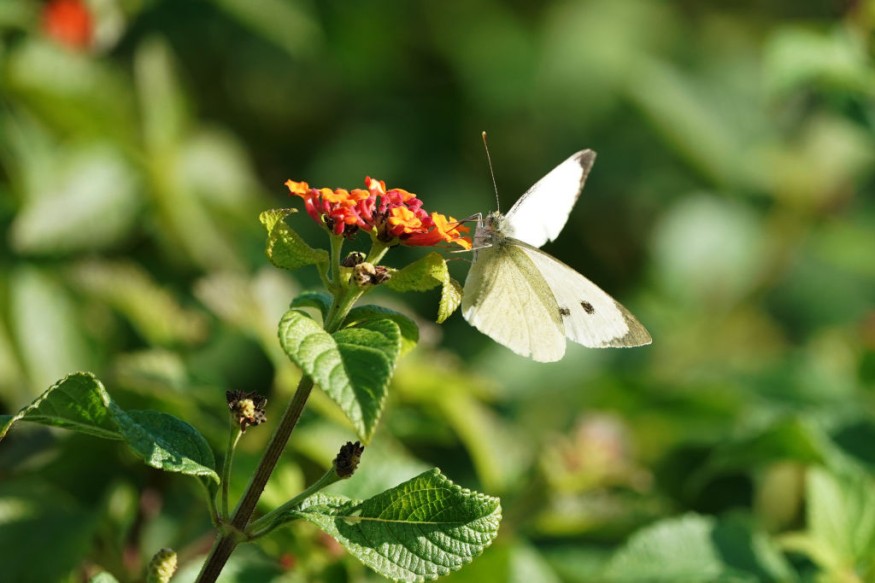
Chloroplasts have long been known to help plants convert the sun's energy into food, but a recent study demonstrates that they are also required for plant immunity to viral and bacterial pathogens.
Chloroplasts are normally spherical, but a small fraction of them alter shape and send out tube-like extensions called "stromules," which were first observed over a century ago and whose biological function is still unknown.
Immune Defense
In a study published in Science Advances, Savithramma Dinesh-Kumar, professor and chair of the Department of Plant Biology, and colleagues found a critical protein involved in stromule formation during immunity in their recent work.
To evaluate the importance of stromules in immunity, researchers must turn them off and then examine how stromule-less plant cells perform when confronted with a pathogen.
However, without understanding which genes are involved in stromule formation, researchers have no way of identifying which genes to turn down.
Dinesh-Kumar and his colleagues used kinesins, proteins that act as small motors that allow molecules and organelles to move across a cell, to overcome this barrier.
This intracellular movement is often mediated by the cell's cytoskeleton, which is composed of two types of fiber: big microtubules and smaller actin filaments.
The researchers intended to look into a plant-specific kinesin that can attach to both microtubules and actin filaments. In the absence of pathogen infection, the researchers discovered that overexpression of one of these kinesins, KIS1, triggered stromule development.
When the researchers altered tobacco and Arabidopsis plants to prevent them from producing the KIS1 kinesin, they discovered that neither plant could generate stromules, and their chloroplasts could not migrate toward the nucleus. As a result, the plants were unable to fight themselves against the infections that had been introduced.
To distinguish between the roles of microtubules and actin, the researchers created a set of KIS1 variants that could only bind to microtubules and another set that could only attach to actin.
The expression of these variants in tobacco revealed that KIS1 must link to microtubules in order for chloroplasts to form stromules, but it must also bind to actin in order for chloroplasts to migrate toward the nucleus.
"If we remove any of the known immune signaling genes, the chloroplasts lose the ability to make stromules, which suggests that these structures are an integral part of the immune signaling pathways that activate defense," said Dinesh-Kumar.
Read Also : Climate Change Makes Plants More Vulnerable to Diseases; New Research Finds Way To Boost Its Immune System
Plant Immunity
This is the first study to show that a plant kinesin is directly engaged in plant immunity.
It's also the first time scientists have discovered a gene-KIS1-involved in chloroplast stromule biogenesis, which opens the door to learning more about the role of chloroplast stromules and why chloroplasts cluster around the nucleus during plant immune response.
"If we can better understand at the cellular level how organelles like chloroplasts help cells to defend themselves, we could help to engineer resistance to the pathogen," Dinesh-Kumar said.
This study opens up new avenues for pathogen resistance engineering by delving into the biological mechanisms by which organelles such as chloroplasts contribute to plant defense.
Related Article : Rice Plant Immunity: Study Shows Pathogens No Longer Threat to Farmers
Related Video:
© 2026 NatureWorldNews.com All rights reserved. Do not reproduce without permission.





